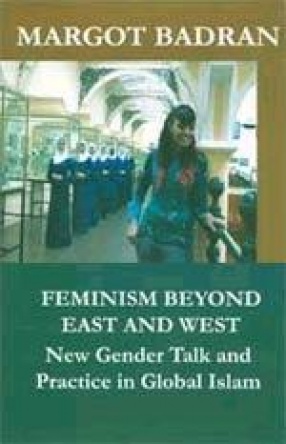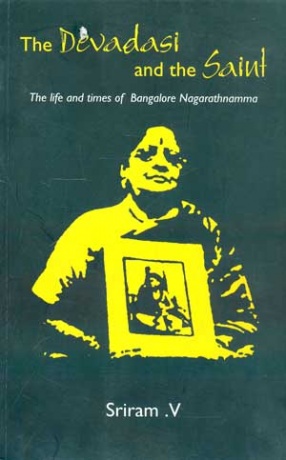Feminism Beyond East and West: New Gender Talk and Practice in Global Islam
Synopsis
Islamic feminism. What is it? Where did it arise? From within or from without? Is it "legitimate"? What are its aims? Muslims often label feminism as "western" by Muslims and thereby discredit it. Or they claim feminism is not "eastern" and thus not authentic, and implicitly or explicitly un-Islamic or against Islam. At the same time, there are many non-Muslims and westerners who make the same claims. For such people feminism and Islam is either an anathema or an oxymoron. East and West connote geographies, cultures, and states of mind, very often in sliding and slippery ways. Islam, is typically called "Eastern" in ways the other two monotheistic religions, Judaism and Christianity, also originating in the East, are not. Early in its history, Islam had a presence in Europe; from the 8th to the 15th centuries in Spain, as well as during some of this time in parts of Italy and Portugal. After this period, however Muslims ceased to form part of the indigenous population in Western Europe. In the same century it was disappearing from Western Europe, Islam appeared in the Balkans, with the spread of Ottoman rule. Islamic feminism aims to recover and implement the fundamental objectives (maqasid) of Islam: social justice and the equality of all Muslims, including gender equality. There can be no social justice without gender equality. Islamic feminism, is attentive to the rights Islam granted to women that have withheld from them in practice, as well as the rights of any others withheld because of class, race, or ethnicity. Islamic feminism is about gender, about women and men: their relations and interactions, about gender justice and the struggle to attain it, what in South Africa is called "gender jihad."
Read more
25.20
22.68
$
28.00 $
Free delivery Wolrdwidе in 10-18 days
Ships in 1-2 days from New Delhi
Membership for 1 Year $35.00
Get it now and save 10%
Get it now and save 10%
BECOME A MEMBER







Bibliographic information